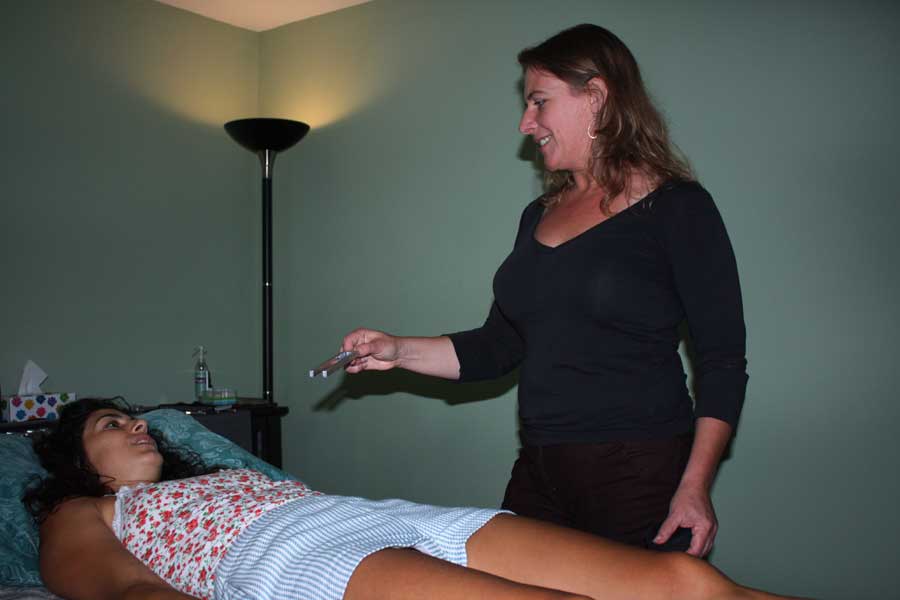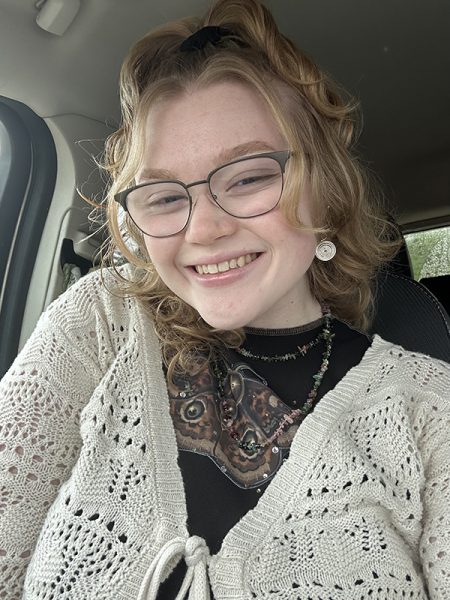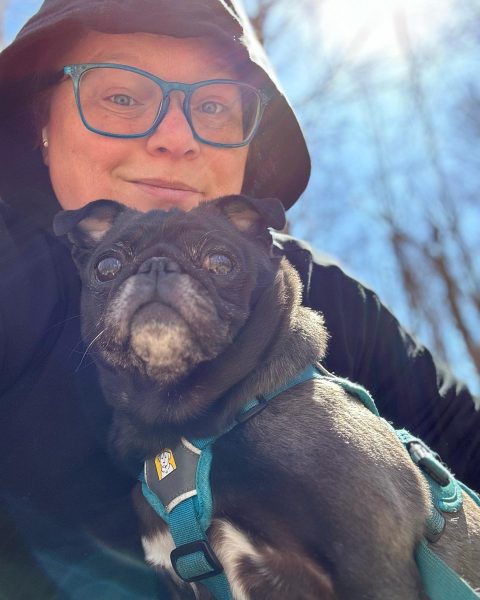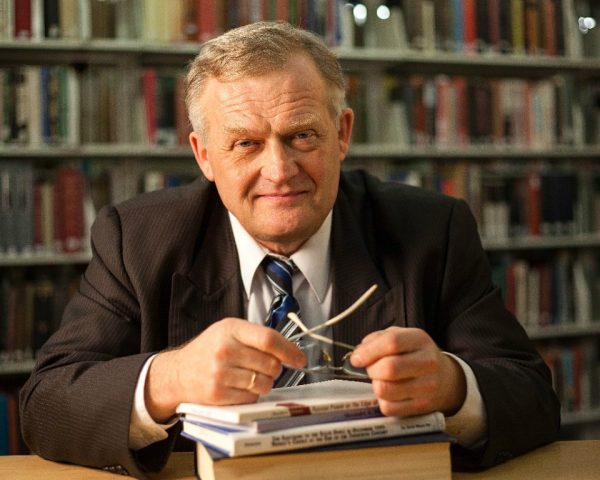The Sounds of Healing
Eileen McKusick during a session
Eileen McKusick from Johnson would be the first one to tell you that she’s her worst critic: “Fifteen years ago if I were to have met myself, I would have been very skeptical of a person says she heals people’s pain by waving tuning forks around their bodies.”
But that’s what she does. On a sliding-scale fee McKusick will meticulously “sound balance” a client’s energy field, ferreting out pockets of stagnant or heavy energy with her Solfeggio tuning forks and help the blockage release. The client, fully clothed and lying on a massage table, needs only to relax for the hour session.
The alternative-health practitioner said after a tuning-fork appointment people typically report feeling less stressed and anxious, and that areas of chronic pain were now gone. People who have struggled for years with depression have said they felt “light and airy” for weeks after one session.
McKusick is also a human-biofield researcher and an adjunct professor at Johnson State College, teaching a one-credit class called Sound Healing.
Students who are interested in learning about the human biofield and the health possibilities of sound from one of the country’s burgeoning researchers will want to sign up while they can: McKusick is adding the title of writer to her list of accomplishments and isn’t sure she’ll have time to teach once her book is published next fall.
The book will contain the research of what she has come to call “sound balancing.”
“I wrote the book because I wanted to share what I’ve learned with other body practitioners like massage therapists, reiki healers, physical therapists, and nurses,” McKusick said. “I want people to read my book, watch the video I am going to make, and then be able to do what I do.”
What she does is use the audible frequency from tuning forks to rebalance the energy field around the human body. McKusick said she’s seen how even one session can change someone’s life, but it’s not enough for her to know the importance of what she does. She also wants to know how it works, document it, and share her knowledge with the world’s health practitioners.
According to her website, research has shown that the human body is wrapped by an energy field described as a “bioplasmic bubble that surrounds the body at a distance of about five feet to the sides and two-three feet at the top and bottom.” Scientists associated with the National Institution of Health have given it the name of the “human biofield.”
McKusick’s website further describes it as composed of a “measurable electromagnetic energy” and a “hypothetical subtle energy.”
People who are familiar with Middle Eastern philosophy and religion may be quick to see the correlation of the “biofield” to that which other cultures call the aura and the “subtle energy” to that of chi. McKusick acknowledges the similarities, and praises those societies that have long been aware of these things, although she, herself, rarely uses the words “aura” or “chi.”
In her quest to validate a little-known, invisible energy within a Cartesian world where seeing is believing, she is forging a controversial path. People are more likely to be open to research regarding the effects of audible sound on a mapped-out human biofield as opposed to an aura which is generally regarded as a wives’ tale. And the more research she does, the more she creates new questions instead of answers.
“Mainstream science denies the existence of chi,” she said. “As I’ve worked to understand the nature of chi, I find it a magnetic fluid. It’s very tangible, very real. But what is this subtle energy? Is it made of biophotons? Free electrons? And what laws of physics govern it?”
She didn’t expect to find a lot of published research on the biofield and subtle energy, but was surprised by how little attention has been given to the affects of sound on the human body, despite the amount of research on music therapy. She said she is also careful to differentiate between sound and music because all music is sound but not all sound is music.
“Sound modulates our nervous system, and tuning forks can help deal with nervous-system overload,” she said, “most notably where the human cells pick up on the vibration from the tuning forks and are stimulated to produce nitric oxide, a molecule that has a relaxing effect.”
An important side-effect, McKusick pointed out, considering the Center for Disease Control estimates 85 percent of diseases are stress related.
Her specialty is to use tuning forks to comb through client’s biofields, noting any changes in the pitch or patterns of the sound. After 17 years of practice she has found strong correlations between noise distortions in clients’ fields and similarities with their personal issues.
For instance, people who were traumatically separated from their mother at a young age are likely to have a high-pitch waver in their biofield about five feet from their chest on the left side.
According to the practitioner, emotional issues often manifest as physical pain as well: Right shoulder pain is prominent in people who put others’ needs ahead of their own, mid-back pain indicates feeling a lack of support from friends and family, and right hip issues plague Type-A personalities who never stop working.
With her metal-musical-work tools, McKusick said she can identify pulled muscles, arthritis, fibroids, and structural imbalances by the harmonic deviation of the forks.
But her true passion, she said, lies in the hypothesis that every person has the same compartmentalizing of emotion, thoughts, and trauma in the field that can be mapped.
This would be a far-reaching change in the health field. Could music be created to heal specific ailments? Could chronic pain impervious to traditional approaches be swept away with the wave of a fork?
Unfortunately there are no local facilities with the high-tech equipment to help her in this step of her career. Regarding pursuing her doctorate out of state, McKusick said she is going to take advantage of the devices at the California Institute for Human Science, a place where innovative research for human health is encouraged.
“I want to help create a consensus on what subtle energy is,” she said. “At the college there will be both resources and scientists available to test my hypothesis that the biofield is compartmentalized by our states of mind and emotions. I believe each emotion has its own frequency pattern and I want to isolate and codify them.”
One way she plans to test her hypothesis is the use of an auto-resonating tuning fork that will be outfitted to send the signal it is producing to a software program that will make the changing signal visible on a computer screen, thus giving a visual documentation of her research.
Vanessa Dimoff is a client of McKusick’s who has been in for tuning sessions several times.
A jeweler in Stowe, she began to experience moments of dizziness that bothered her often enough that she saw several doctors. The diagnoses she was given ran the gamut from an idiopathic disease to Meniere’s disease, but none seemed right to her. A friend finally convinced her to make an appointment for a tuning fork session.
The first appointment, she said, cleared the dizziness. Since then Dimoff has had sound balancing several times.
“I have become aware of my body and how my emotions affect it, for better or worse,” Dimoff said. “I feel much better than I did before I started coming to see Eileen.”
McKusick hopes this modality will become a part of mainstream health care enough that the Veteran’s Administration will use it as a non-invasive form of treatment for military people who are struggling with depression or forms of post-traumatic stress disorder.
“I truly believe in our society of sickness that this is the type of healing people are craving,” she said.






